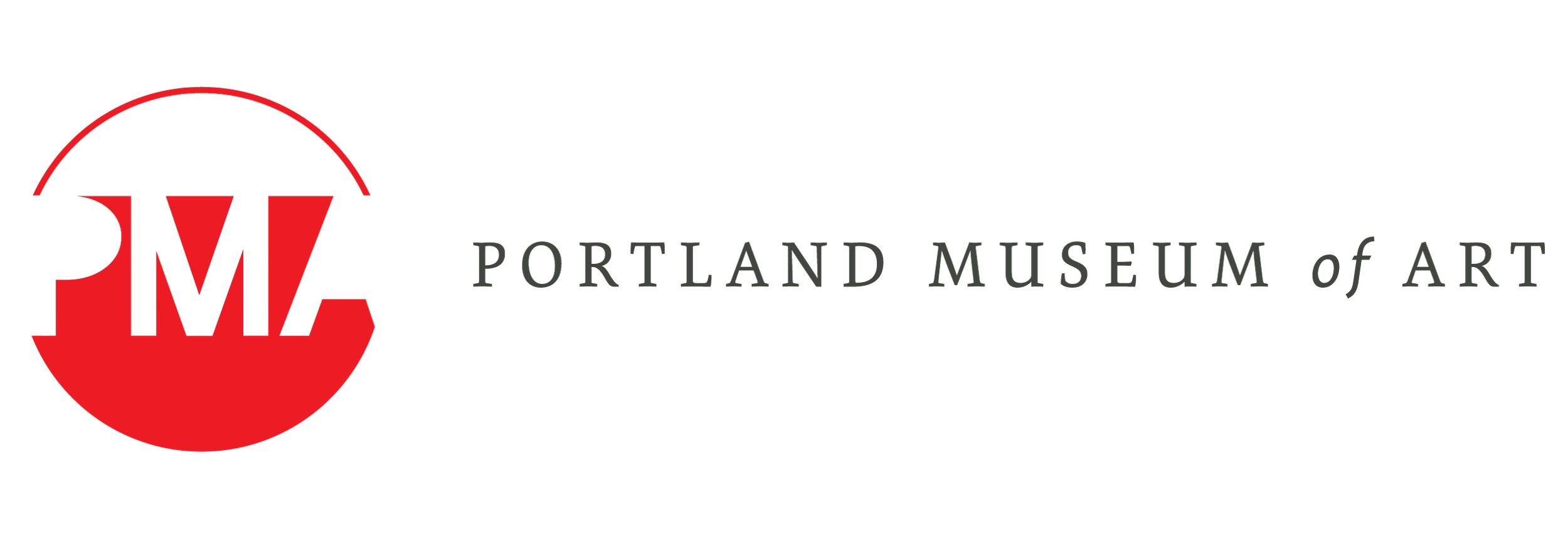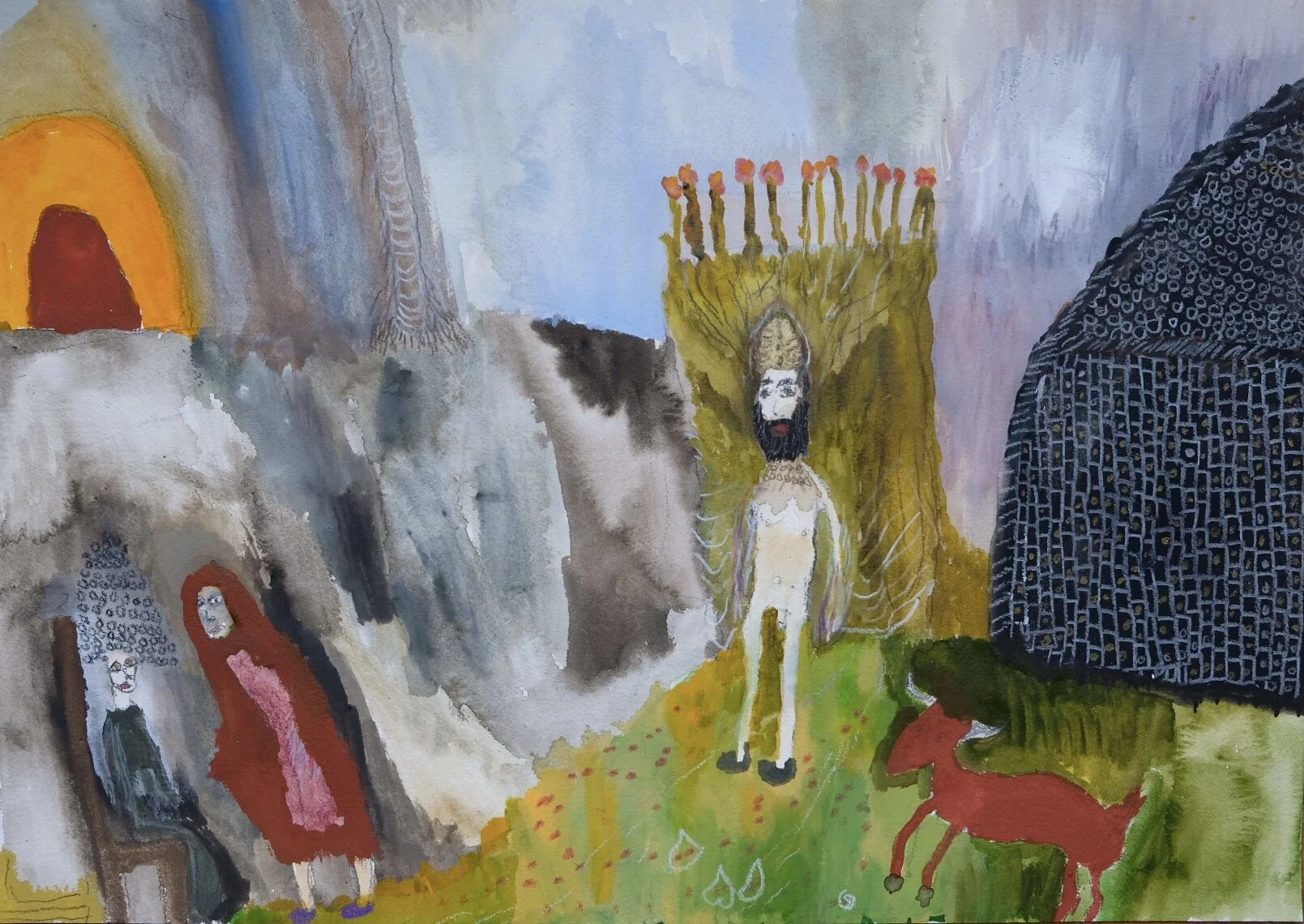We find mythic beings, whose bodily forms are androgynous or otherwise unspecified, caught in nightmarish landscapes—some wear masks and tease animals, others float in rivers or baths, perhaps conversing with spirits.
Read MoreIn Maine, Enrique Mendía began to experiment with making and telling tales through photographs, words, and film. His affection for fiction and for photography as a tool for documentation coalesce in Loveshack, a loose-leaf book about a love story.
Read MoreMeghan Mitchell identifies as an artist, a woman, daughter, sister, and more recently, mother. Her photography explores the meaning and significance of universal human interactions and experiences by recreating moments and inserting herself into them.
Read MoreElijah Ober’s video practice honors small creatures as proxies of encompassing ecosystems and histories. In his work, the artist co-opts, subverts, and reveres the slippery power of digital images to embody themselves and alter our physical and social structures.
Read MoreIn her work, Ashley Page explores the vulnerability, grace, and complexities of the Black experience. She believes art is a vessel used to present larger conversations about representation and visibility of the African American image, intellect, and spirit. Employing paper, fiber, and steel in her work, she envisions a world where individuals are given the autonomy to represent themselves.
Read MoreThe relationship between site, story, and mobility fuels a wide range of research and production, including the relationship between natural histories, myth, and individual story. For Poitras Santos, walking is a form of listening to a site and giving it agency in an age of climate change.
Read MoreA few years ago, she embarked on a body of figurative works, which is a longstanding tradition by Maine painters. Stanton credits this shift in her painting practice to her increased involvement with social media as well as the devolving political climate of the past four years. She likens her new painting endeavors to a “fascinating adventure: like dreaming awake.”
Read MoreGiles Timms, a digital artist based in Orono, Maine, combines media and genres into hybrid art. His work borrows from current events, specifically the terrific and terrifying absurdities of modern life, and he translates his impressions into wistful, animated films. In each animation, Timms casts a leading protagonist, or “Creep” as he refers to them, into environments that possess a familiarity with local settings yet equally surreal architecture.
Read MoreArtists’ Rapid Response Team! (also known as ARRT!) is a collective of year-round members of the Union of Maine Visual Artists (UMVA). UMVA is dedicated to upholding the dignity of artists, while creating positive social change through the arts.
Read MoreIn the fall of 2020, the Portland Museum of Art presented Mythmakers: The Art of Winslow Homer and Frederic Remington, the first exhibition to explore the unexpected resonances between the themes, artistic sensibilities, and technical processes of these two great American artists and exploring the mythologies both artists perpetuated in their work. Co-organized by the PMA, Denver Art Museum, and the Amon Carter Museum of American Art, Mythmakers situates Homer and Remington within their historical moment, highlighting moments of convergence in their biographies, their chosen subject matter, and their experimentation across media in an era of profound social change.
Read MoreWe love hearing from our colleagues about their favorite artworks in the PMA Collection. Here, Ashleigh Hill shares why she loves the haunting image of Florence Leyland by James Abbott McNeill Whistler.
Read MoreWinslow Homer and Frederic Remington both depicted Indigenous people in their work in varying capacities. Two Maine experts discuss the layers of meaning and implications behind those depictions.
Read MoreHear from all three curators at the PMA for a conversation about the new exhibition Freedom, A Fable. Together, they touch upon the mission and themes behind the show, and examine how the featured historic and contemporary artworks from the PMA collection inspire complex dialogues around race, representation, and American history.
Read MoreIn this virtual conversation for the PMA, Barbara Haskell, long-time curator at the Whitney Museum of American Art, shares her latest exhibition: Vida Americana: Mexican Muralists Remake American Art, 1925–1945,
Read MoreBrian Chin, Co-founding Partner and Creative Director at p3, spearheaded the use of innovative technology in our galleries and shared the experience with us.
Read More



















